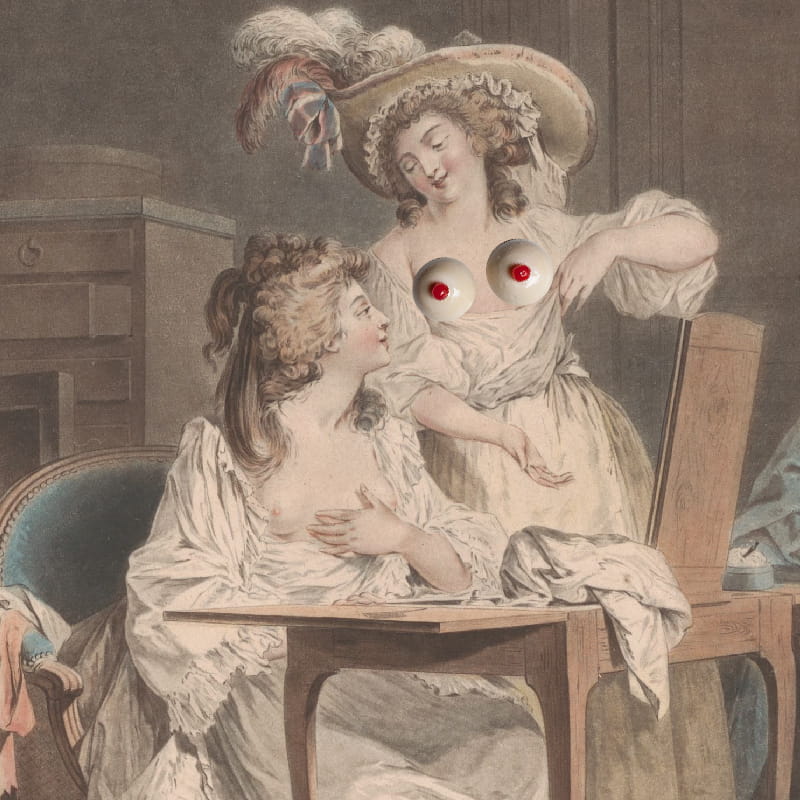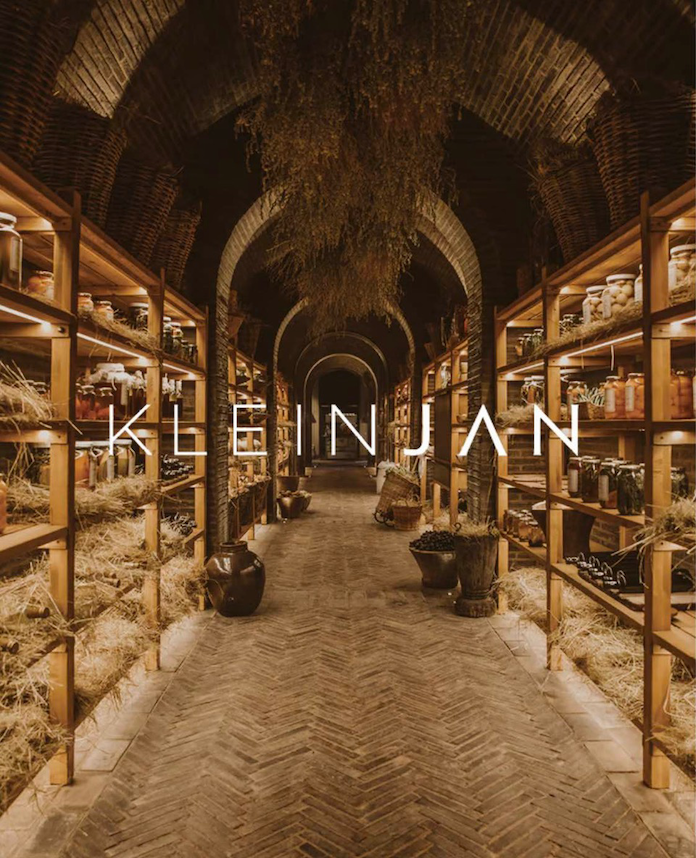History’s Naughtiest Puddings
These desserts will make you blush
Sugar-loaded and calorific desserts are definitely considered a “naughty” indulgence, but for the items listed below that description has a double meaning… This is our round-up of pastries and sweet treats inspired by, or named after, more than one kind of guilty pleasure. dessert

Capezzoli di Venere
The erotically named dessert Capezzoli di Venere is a visually striking and delicious treat with a tongue-in-cheek name. Translating directly to “nipples of Venus”, this pastry gets its name from a fairly obvious anatomical connection. The dessert is a type of chocolate truffle made from pureed chestnuts, bittersweet chocolate, and brandy, topped with a “nipple” made of white chocolate. Indulgent indeed!
The cannoli
This beloved Sicilian sweet treat can make you giggle for a few reasons, but according to legend the dessert, a fried pastry shell filled with sweet and creamy ricotta cheese, was first made by a harem of women celebrating their lover. Throughout history the treat has also appeared at rituals and celebrations as a fertility symbol.


The Minne Di Sant’Agata
Another breast-inspired dessert, the Minni di Virgini (a ricotta-filled half sphere topped with white icing and a candied cherry) was made to look like a breast in honour of St Agatha, a Roman-era martyr and a highly venerated Saint in the Catholic faith who lost her breasts after refusing the advances of a man. According to tradition, the desserts must be eaten in sets of two in honour of her breasts. This dessert is a significant part of Sicilian culture and from February 3rd to 5th every year there are festivals in honour of Saint Agatha.
Feddi ru Cancillieri
Translating to “Chancellor’s Bottom”, this treat consists of cream and apricot jam wedged between two almond cookies and, according to legend, was created in jest to resemble the buttocks of a well-known leader at the time.
Tiramisu
Believed to be a strong aphrodisiac, legend says Tiramisu was invented inside brothels in the northern Italian town of Treviso to keep patron’s energy levels up. While we can’t verify the truth of that, this coffee-flavoured Italian dessert is a delight.

Phallic pastries
A small riverside town in Northern Portugal, named Amarante, is famous for its local dessert thanks to its, ahem, unique shape. The bolos, or cakes, date back to a time-honoured tradition celebrating the local patron saint São Gonçalo. Each year in the month of June the town enjoys parties and a carnival where the treats are freely given out to signal affection for another, or to drop hints about starting a family… While the exact history of the pastry is unknown, it’s believed to have roots in pagan fertility rituals.
















